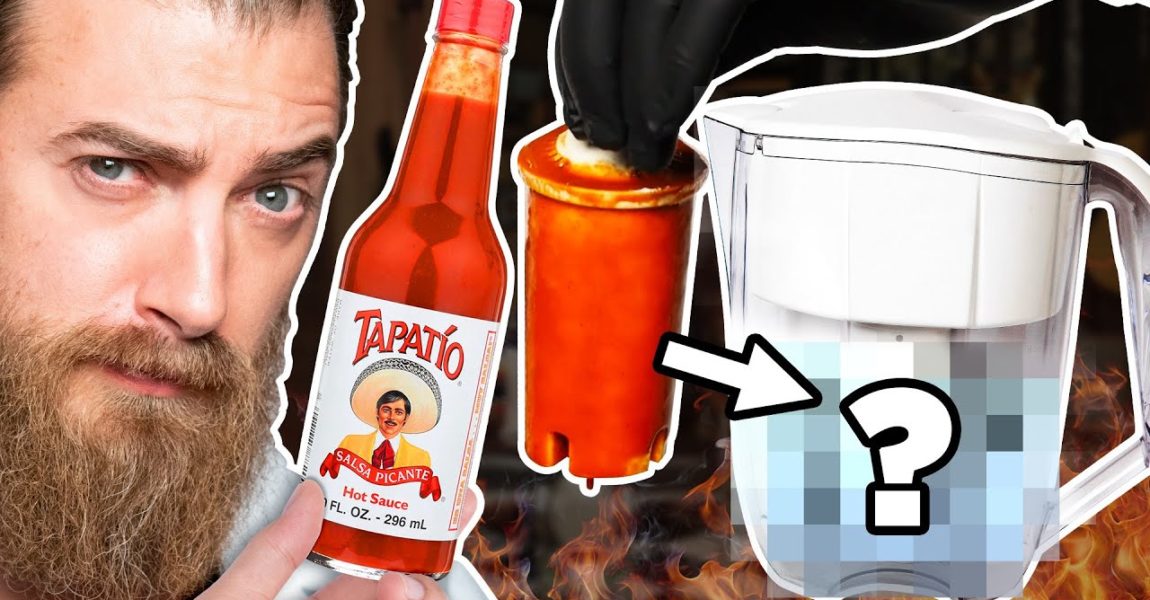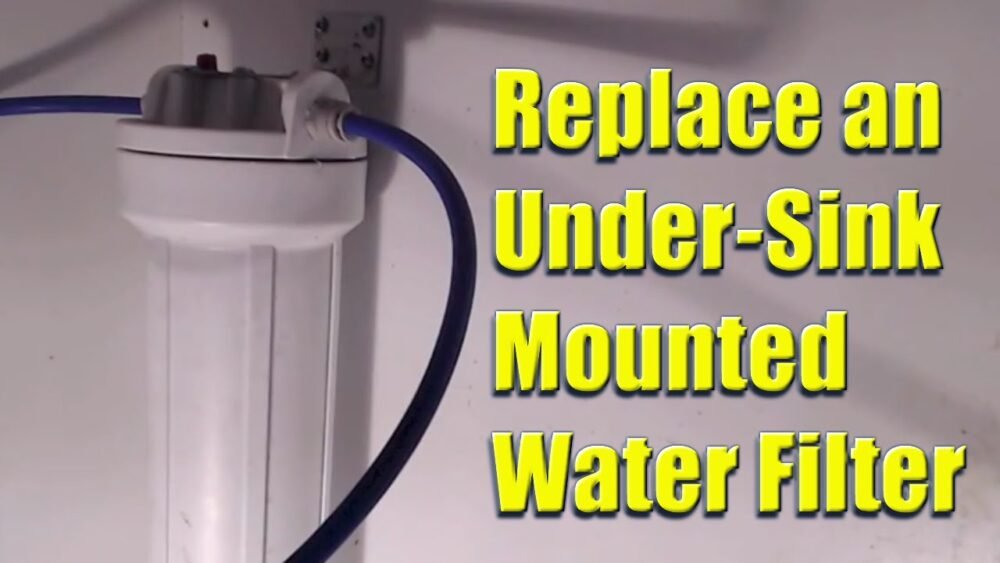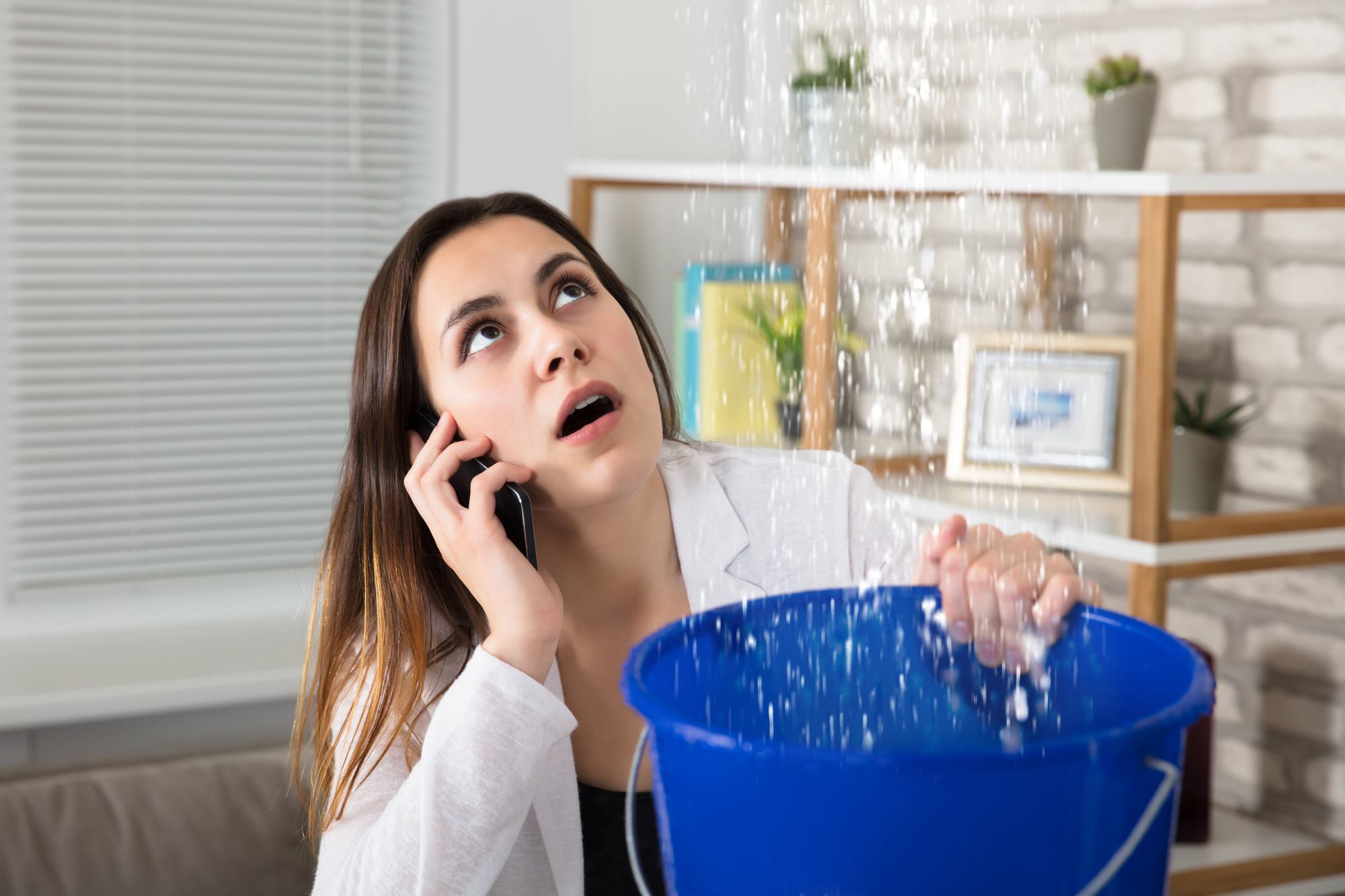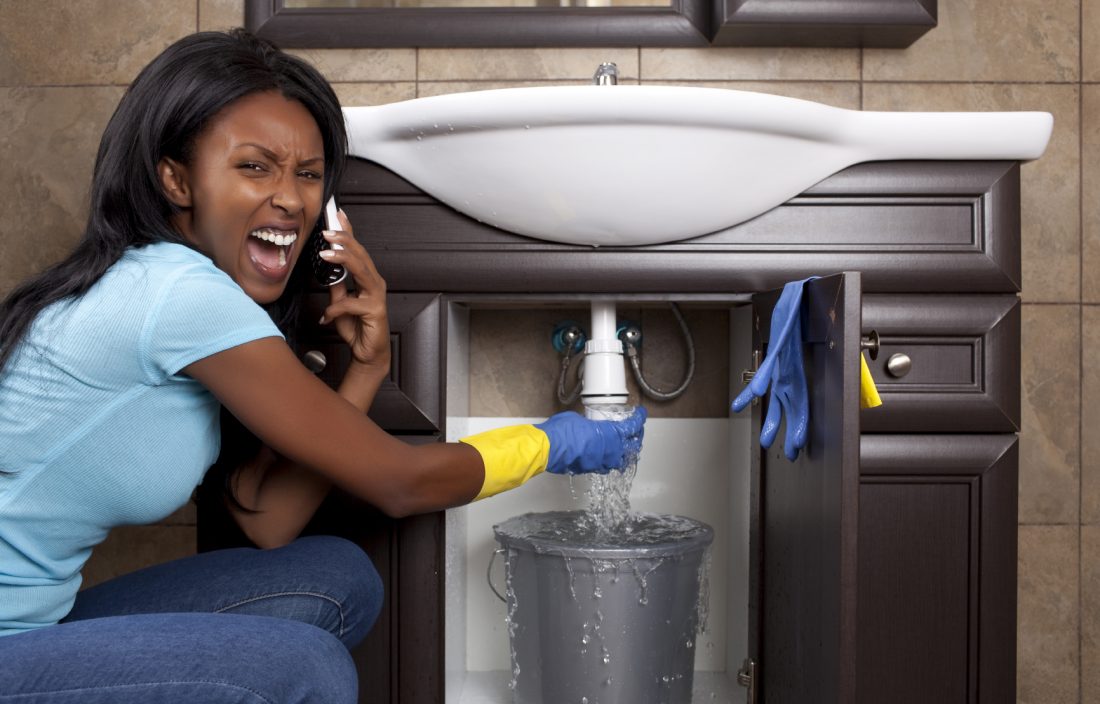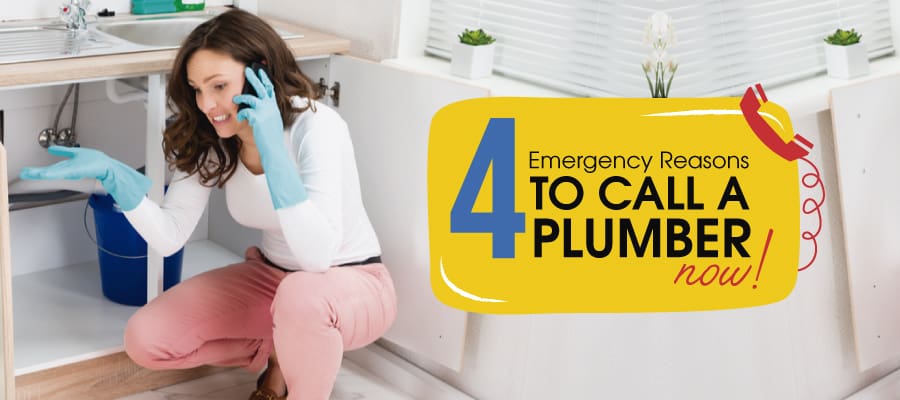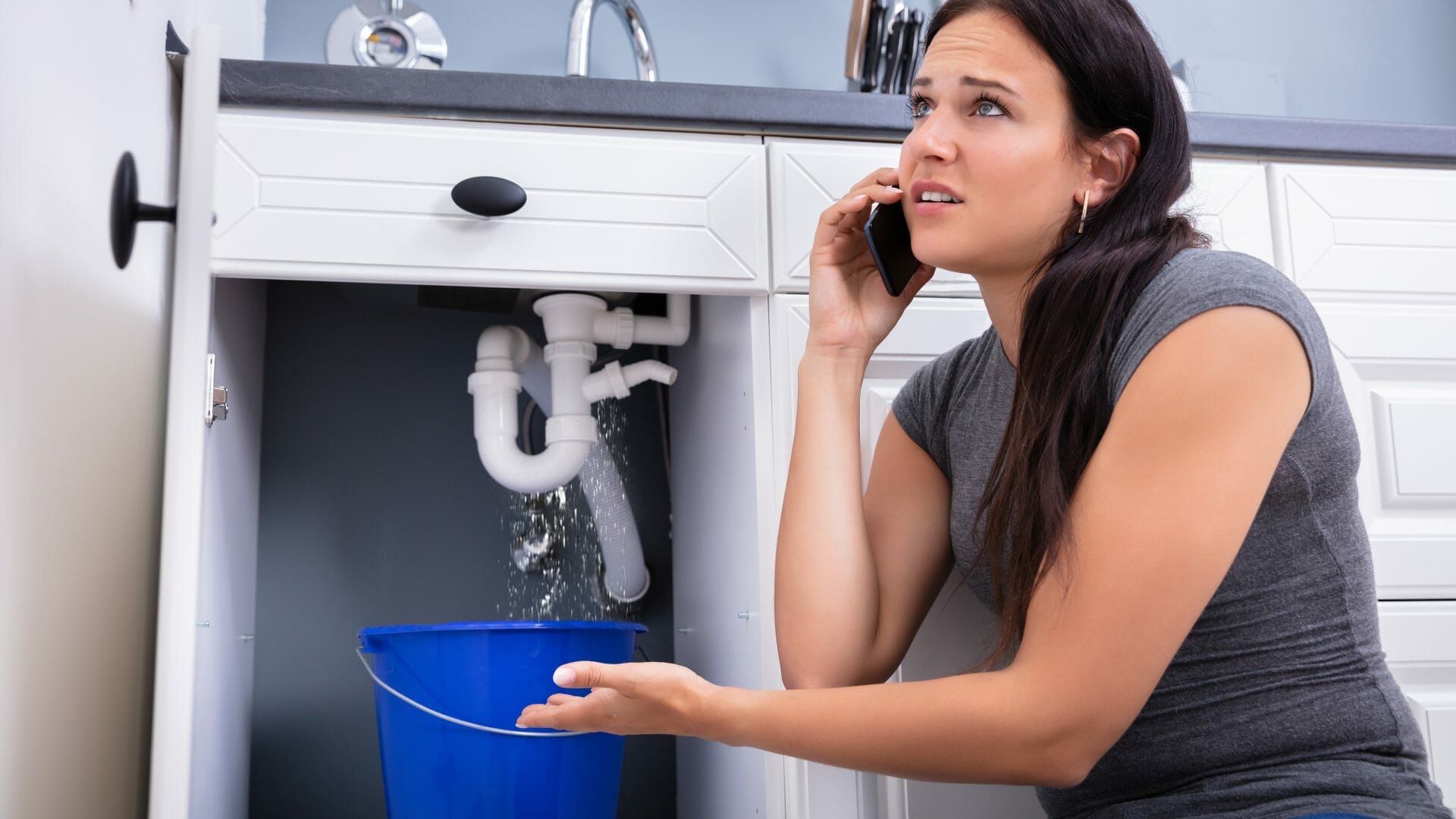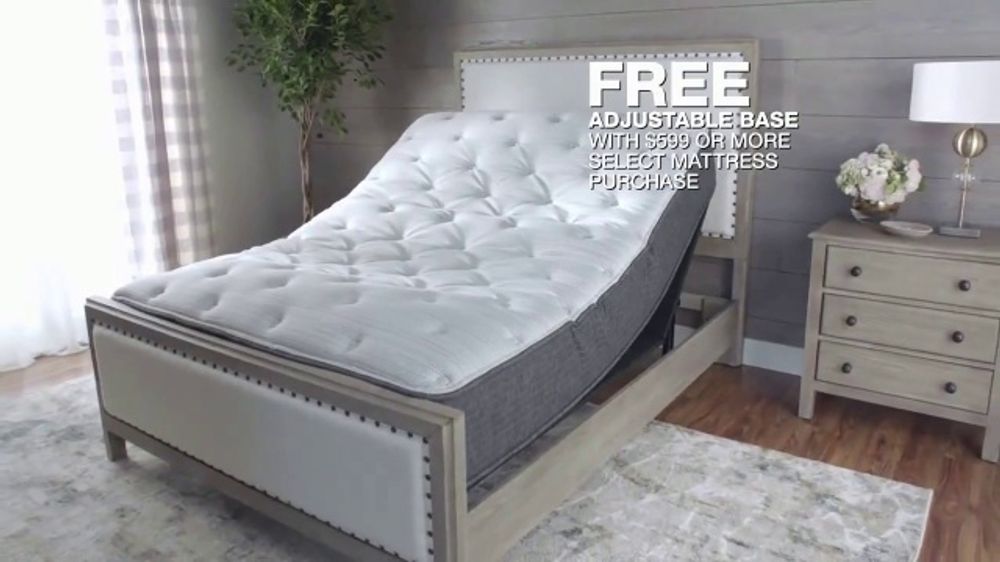If you suddenly experience low water pressure in your kitchen sink, the first thing you should do is check the water supply. This is because a decrease in water pressure can be caused by a disruption in the water supply, such as a main line break or a shut-off valve being accidentally closed. Make sure the main water valve is fully open and there are no visible leaks in the supply line.1. Check the water supply
The aerator is a small screen at the end of the faucet spout that adds air to the water flow to reduce splashing and conserve water. Over time, mineral deposits or debris can build up and clog the aerator, causing a decrease in water pressure. To check the aerator, unscrew it from the faucet and clean it with a mixture of equal parts water and vinegar. This should improve water flow and pressure.2. Check the aerator
If the water pressure is still low after checking the water supply and aerator, the next step is to check the shut-off valve under the sink. This valve controls the flow of water to the faucet and may have been accidentally closed or partially closed. Make sure the valve is fully open to allow for maximum water flow.3. Check the shut-off valve
A water pressure regulator is a device that controls the flow and pressure of water in your home. If the regulator is not functioning properly, it can result in low water pressure. To check the regulator, locate it near the main shut-off valve and adjust it to see if there is any change in water pressure. If the regulator is faulty, it may need to be replaced.4. Check the water pressure regulator
Another common cause of sudden low water pressure is a leak in the pipes. This can be caused by a variety of factors, such as corrosion, damage, or clogs. Check all visible pipes under the sink and in the surrounding area for any signs of leaks. If you notice any leaks, it is best to call a plumber to fix the issue before it causes further damage.5. Check the pipes for leaks
The faucet cartridge is a small cylindrical piece inside the faucet that controls the flow and mixing of hot and cold water. If the cartridge becomes clogged or damaged, it can result in low water pressure. To check the cartridge, turn off the water supply and remove the handle and cartridge from the faucet. Clean or replace the cartridge if necessary.6. Check the faucet cartridge
If the low water pressure is only affecting your hot water, the issue may lie with your water heater. Sediment or mineral deposits can build up in the tank, causing a decrease in water pressure. To check the water heater, turn off the power or gas supply and drain the tank to remove any buildup. If the issue persists, you may need to call a professional to service the water heater.7. Check the water heater
If you have a water softener system in your home, it may be the cause of low water pressure. A malfunctioning water softener can cause a decrease in water pressure due to clogs or damaged components. Check the system and follow the manufacturer's instructions for maintenance or call a professional to service it.8. Check the water softener
If your kitchen sink has a water filter, it is essential to regularly check and replace it as needed. Clogged or dirty filters can significantly reduce water pressure. Follow the manufacturer's instructions for replacing the filter and see if this improves water flow and pressure.9. Check the water filter
If you have tried all of the above steps and are still experiencing low water pressure in your kitchen sink, it is best to call a professional plumber. They have the knowledge and tools to diagnose and fix any underlying issues, ensuring that your water pressure is back to normal. In conclusion, sudden low water pressure in your kitchen sink can be a frustrating and inconvenient issue. However, by following these steps and checking for common causes, you can quickly identify and fix the problem. Remember to regularly maintain your plumbing system to prevent any future issues with water pressure. 10. Call a plumber
Sudden Low Water Pressure in Your Kitchen Sink: Causes and Solutions

Understanding the Issue
 As homeowners, we rely on a steady flow of water from our kitchen sink for cooking, cleaning, and other daily tasks. So when suddenly, the water pressure drops, it can be quite frustrating. Not only does it slow down our daily routine, but it can also indicate a problem with our house's plumbing system. If you're experiencing sudden low water pressure in your kitchen sink, it's important to understand the possible causes and know how to address them.
As homeowners, we rely on a steady flow of water from our kitchen sink for cooking, cleaning, and other daily tasks. So when suddenly, the water pressure drops, it can be quite frustrating. Not only does it slow down our daily routine, but it can also indicate a problem with our house's plumbing system. If you're experiencing sudden low water pressure in your kitchen sink, it's important to understand the possible causes and know how to address them.
Possible Causes
 There are several reasons why you may be experiencing sudden low water pressure in your kitchen sink. One of the common culprits is a clogged aerator. The aerator is a small screen at the end of the faucet that controls the flow of water. Over time, mineral deposits and debris can build up and block the flow of water, resulting in reduced water pressure. Another possible cause is a malfunctioning pressure regulator. This device is responsible for maintaining a consistent water pressure throughout your house. If it's not functioning correctly, it can cause low water pressure in specific areas, such as the kitchen sink.
There are several reasons why you may be experiencing sudden low water pressure in your kitchen sink. One of the common culprits is a clogged aerator. The aerator is a small screen at the end of the faucet that controls the flow of water. Over time, mineral deposits and debris can build up and block the flow of water, resulting in reduced water pressure. Another possible cause is a malfunctioning pressure regulator. This device is responsible for maintaining a consistent water pressure throughout your house. If it's not functioning correctly, it can cause low water pressure in specific areas, such as the kitchen sink.
Solutions
 If you suspect a clogged aerator, the first step is to remove it from the faucet and clean it thoroughly. You can do this by soaking it in vinegar or using a small brush to remove any build-up. If the aerator is beyond repair, you can easily replace it with a new one from your local hardware store. If the pressure regulator is the issue, it's best to call a professional plumber to inspect and fix the problem. Attempting to fix it yourself can lead to further damage and potentially costly repairs.
If you suspect a clogged aerator, the first step is to remove it from the faucet and clean it thoroughly. You can do this by soaking it in vinegar or using a small brush to remove any build-up. If the aerator is beyond repair, you can easily replace it with a new one from your local hardware store. If the pressure regulator is the issue, it's best to call a professional plumber to inspect and fix the problem. Attempting to fix it yourself can lead to further damage and potentially costly repairs.
Preventative Measures
 To prevent sudden low water pressure in your kitchen sink, it's essential to regularly clean and maintain your plumbing fixtures. This includes cleaning or replacing the aerator, as well as checking and adjusting the pressure regulator if needed. It's also a good idea to have a professional plumber inspect your plumbing system regularly to catch any potential issues before they escalate.
To prevent sudden low water pressure in your kitchen sink, it's essential to regularly clean and maintain your plumbing fixtures. This includes cleaning or replacing the aerator, as well as checking and adjusting the pressure regulator if needed. It's also a good idea to have a professional plumber inspect your plumbing system regularly to catch any potential issues before they escalate.
Conclusion
 In conclusion, sudden low water pressure in your kitchen sink can be caused by various factors, including a clogged aerator or a malfunctioning pressure regulator. It's important to address this issue promptly to avoid any inconvenience and potential damage to your plumbing system. Regular maintenance and inspections can help prevent this problem from occurring in the future. If you're unable to resolve the issue on your own, don't hesitate to call a professional plumber for assistance.
In conclusion, sudden low water pressure in your kitchen sink can be caused by various factors, including a clogged aerator or a malfunctioning pressure regulator. It's important to address this issue promptly to avoid any inconvenience and potential damage to your plumbing system. Regular maintenance and inspections can help prevent this problem from occurring in the future. If you're unable to resolve the issue on your own, don't hesitate to call a professional plumber for assistance.
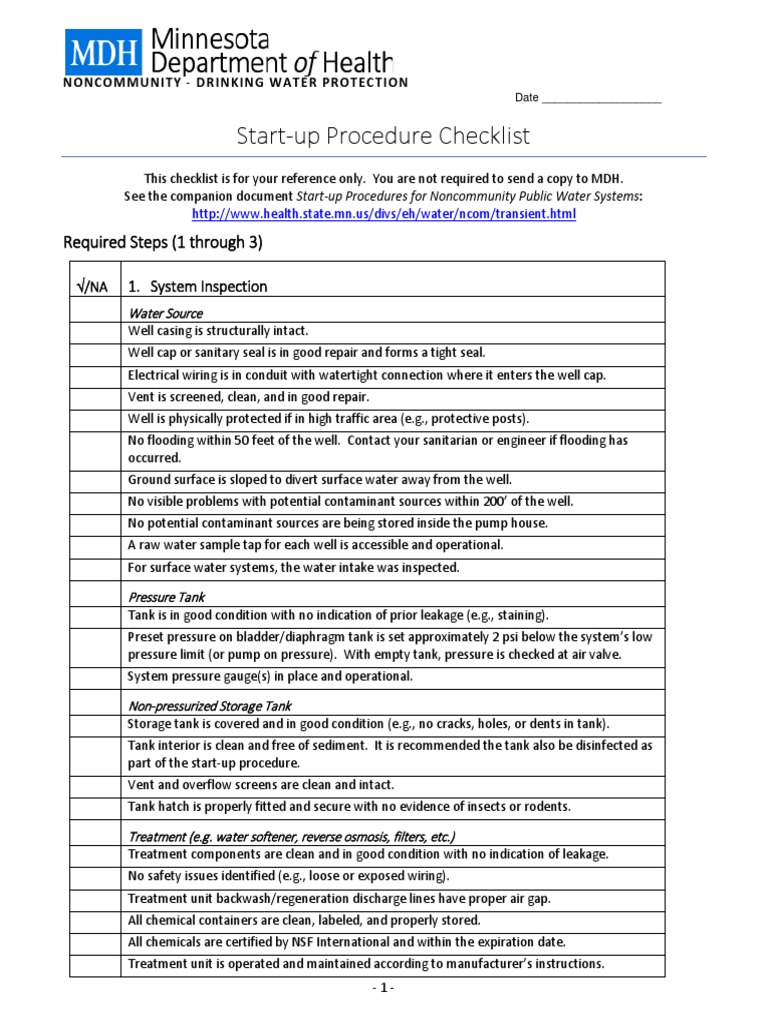

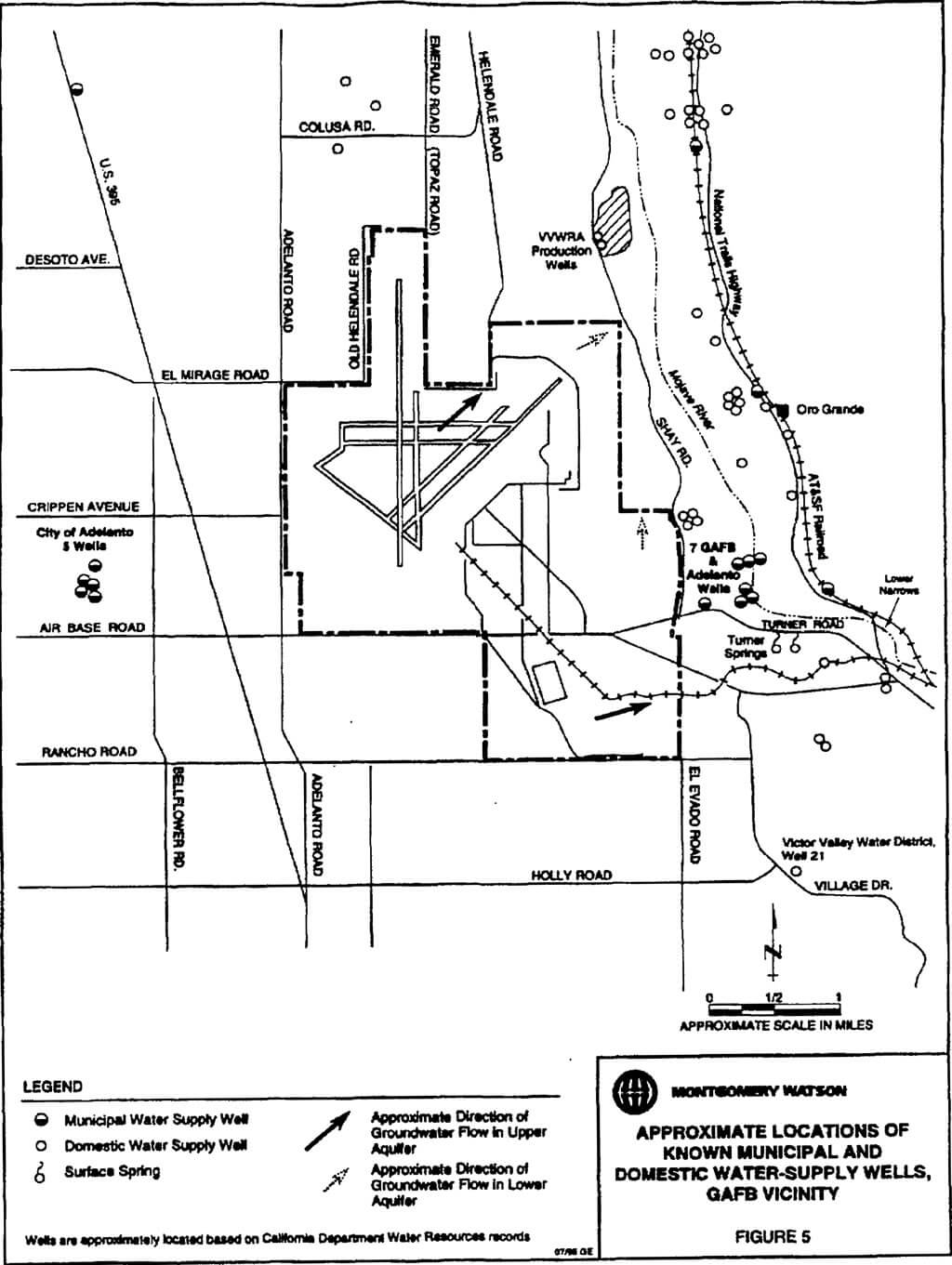
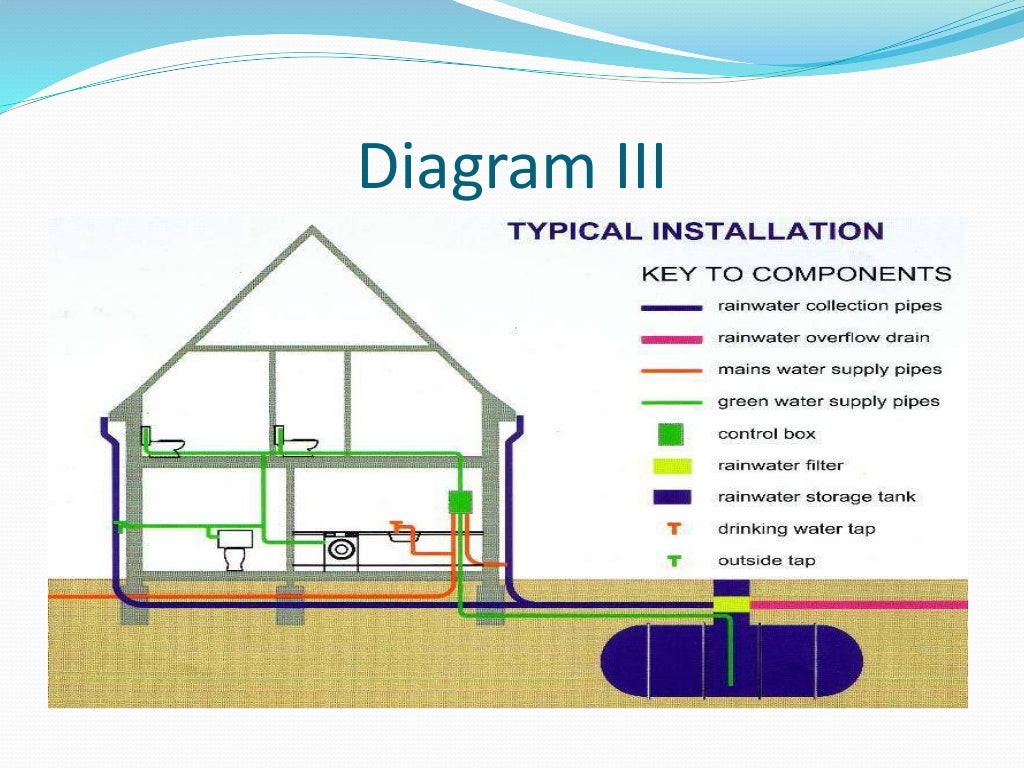


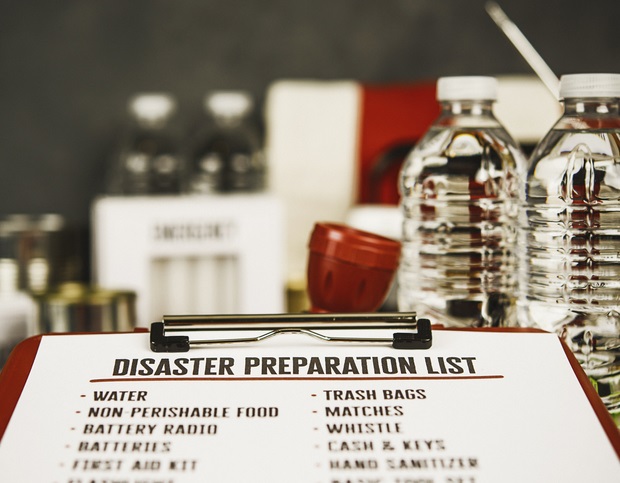

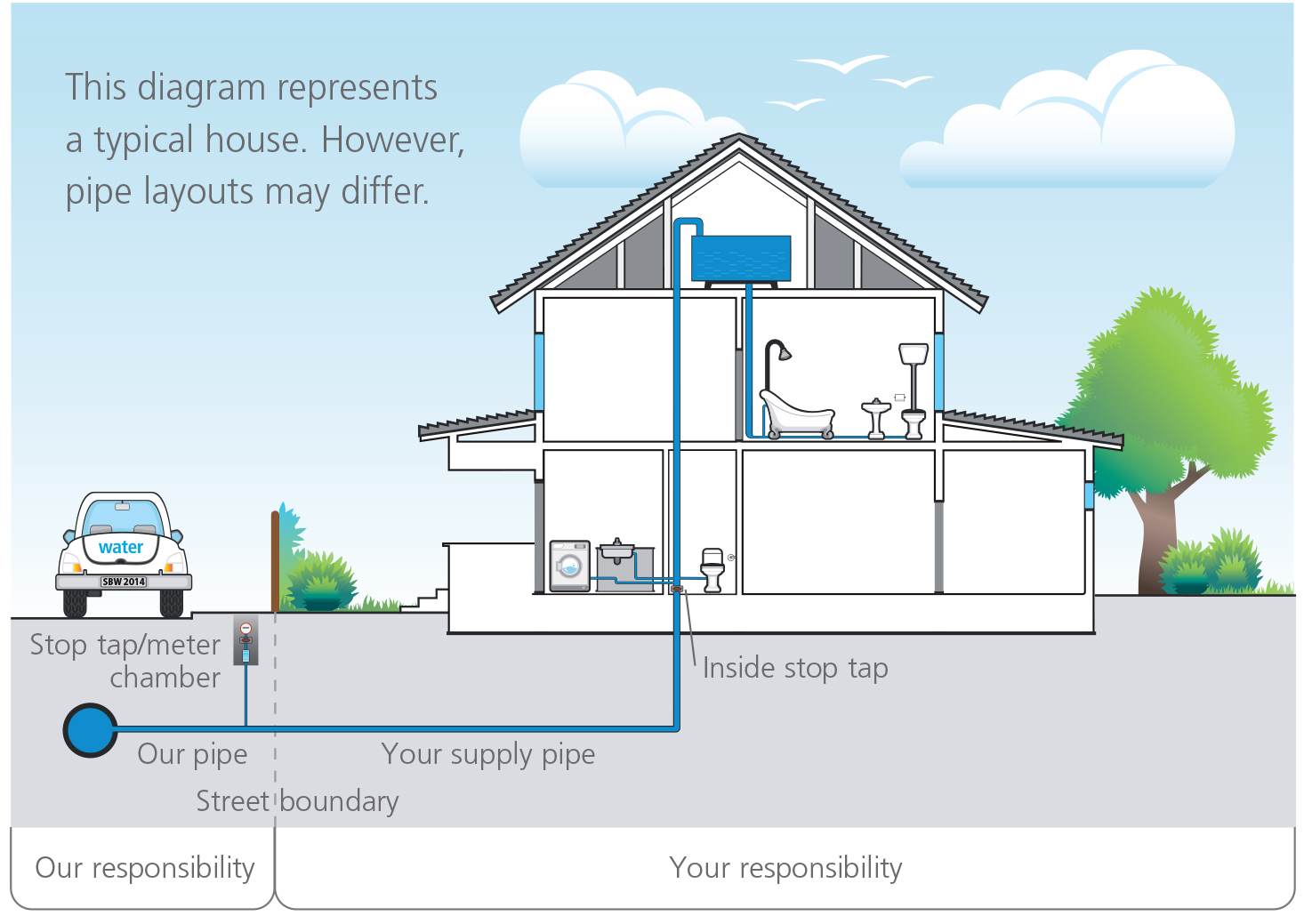
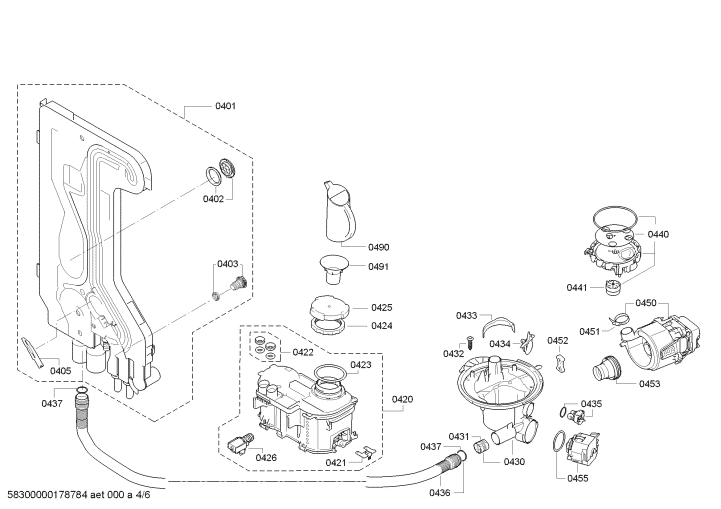
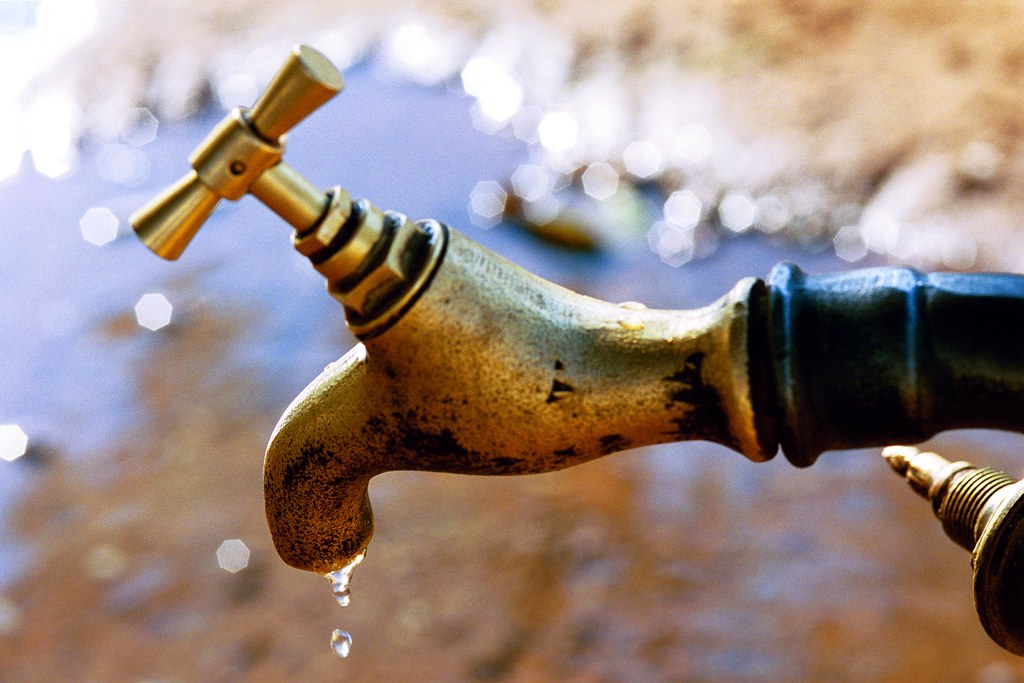













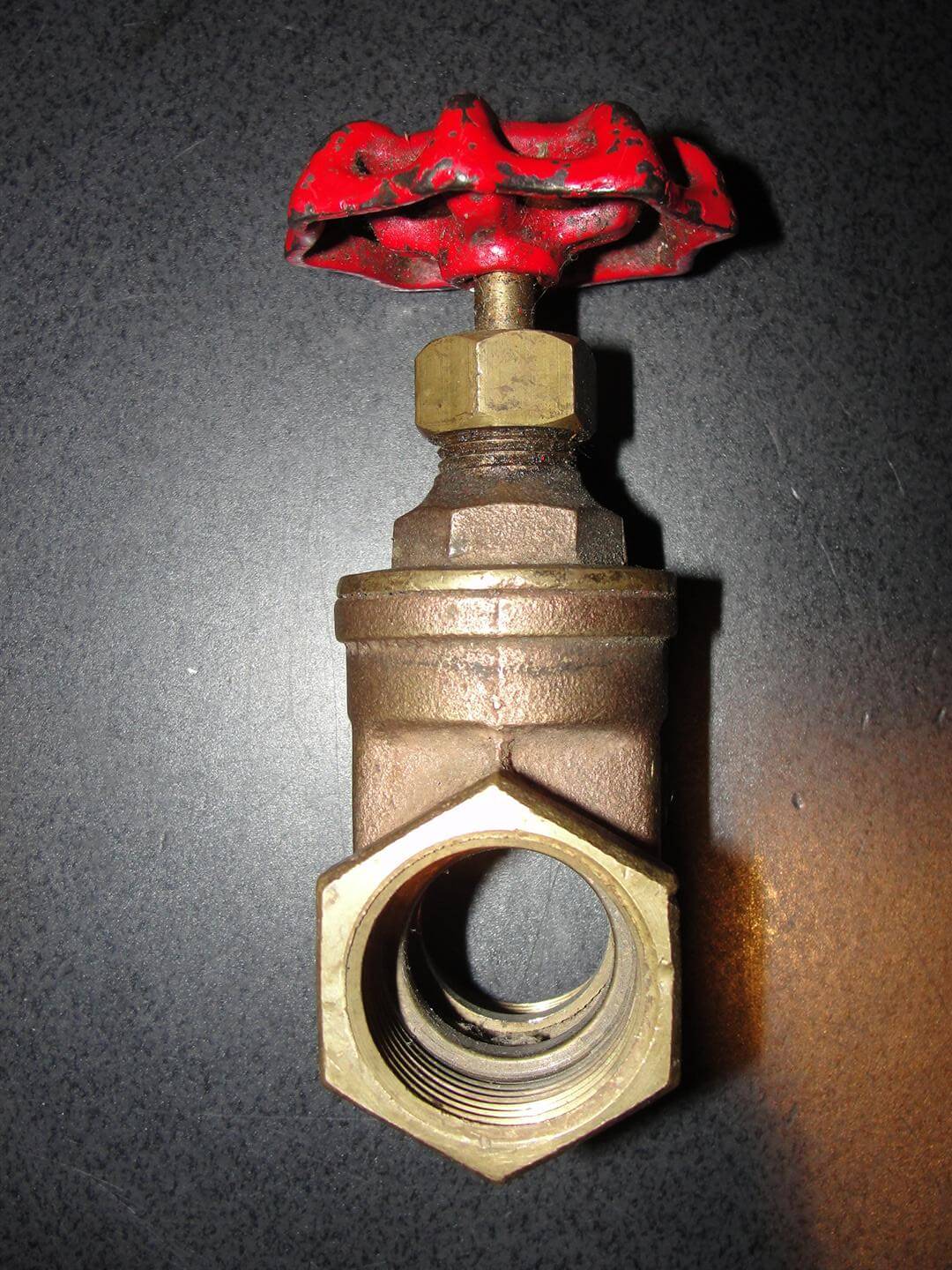


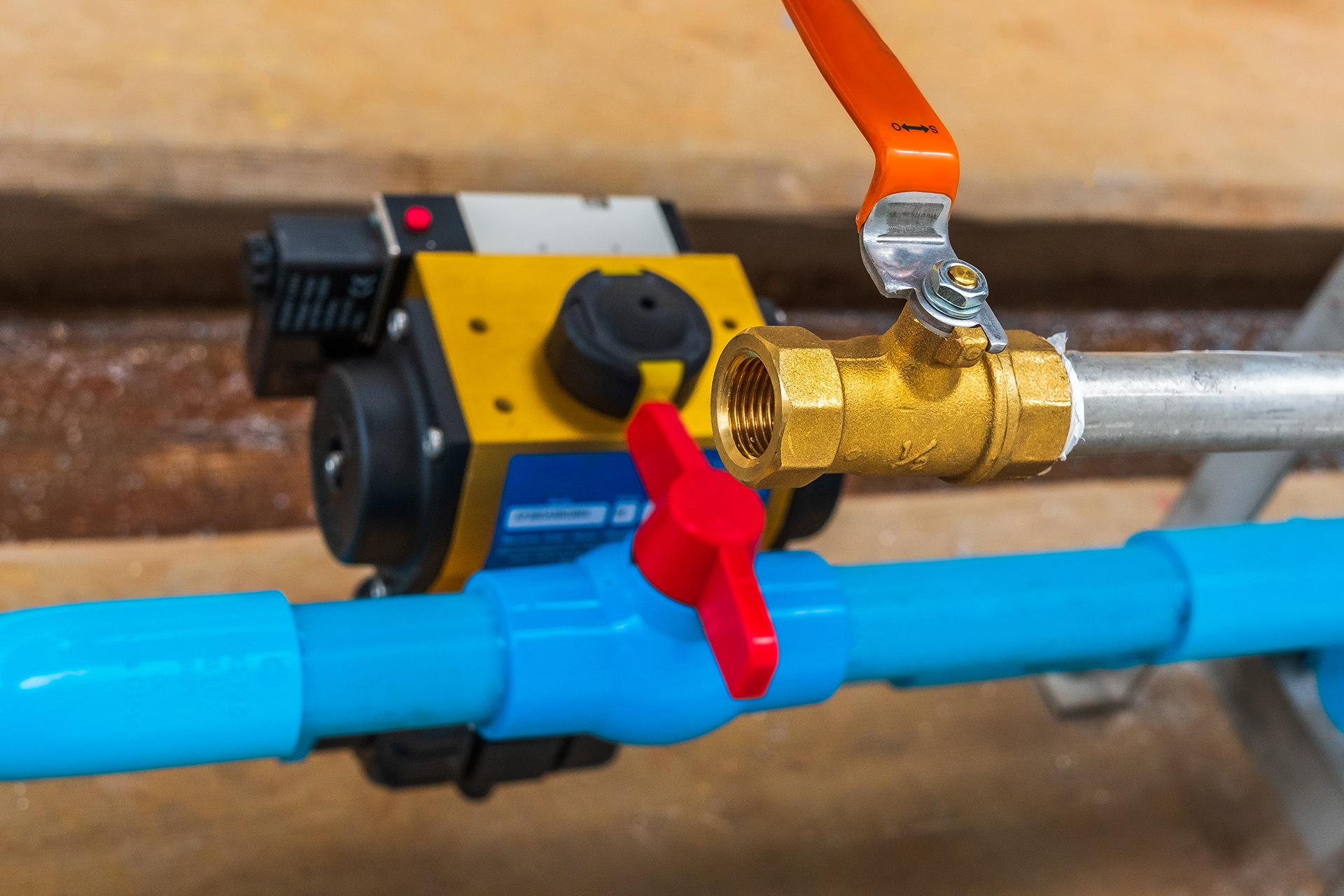
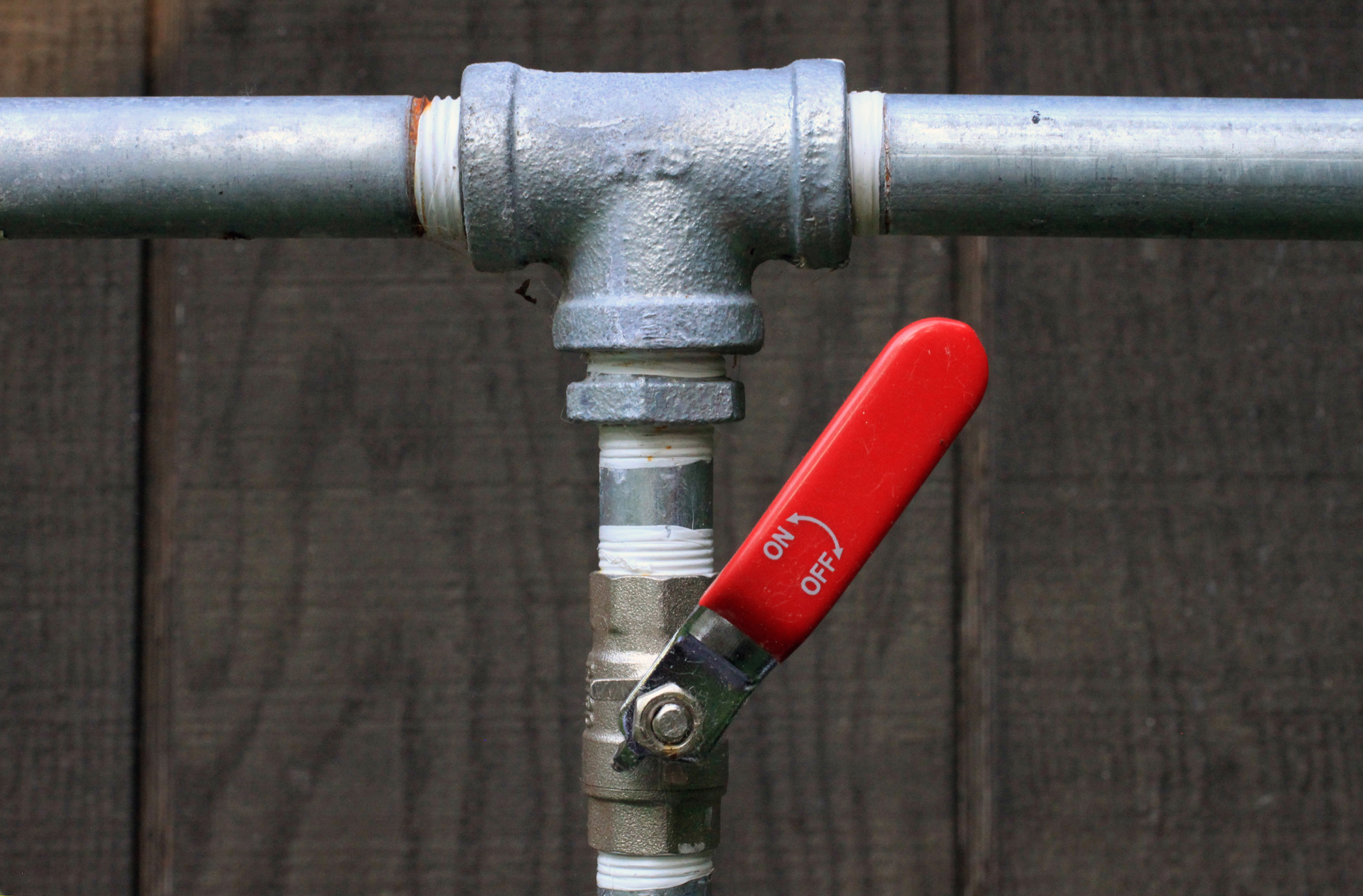


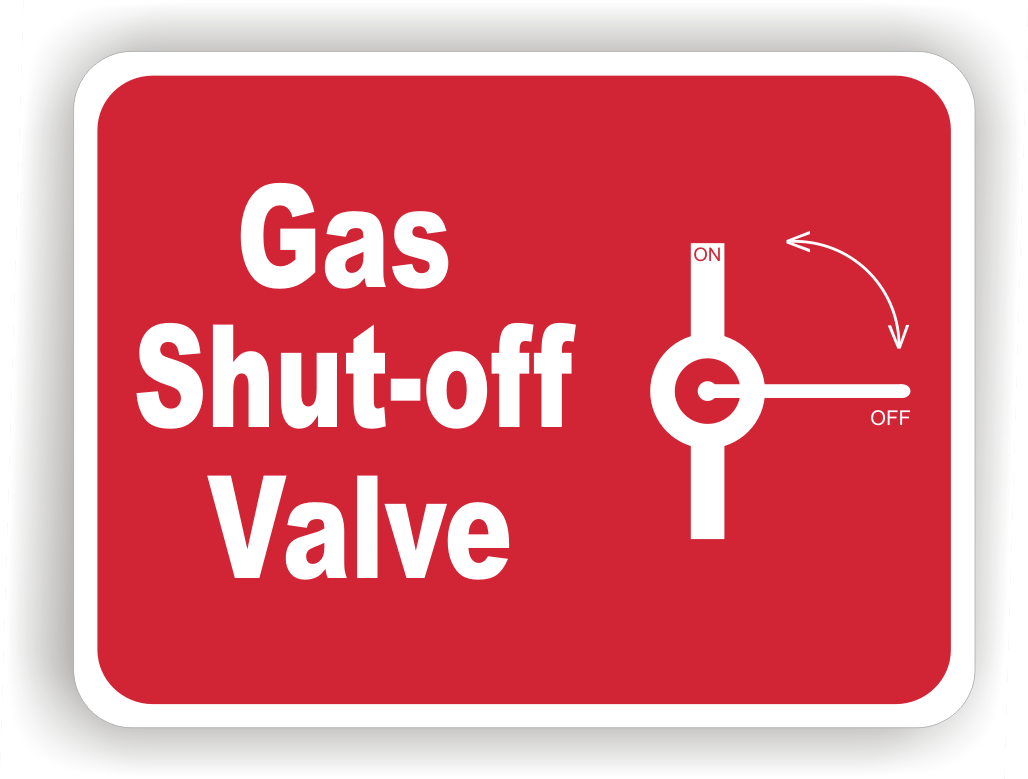

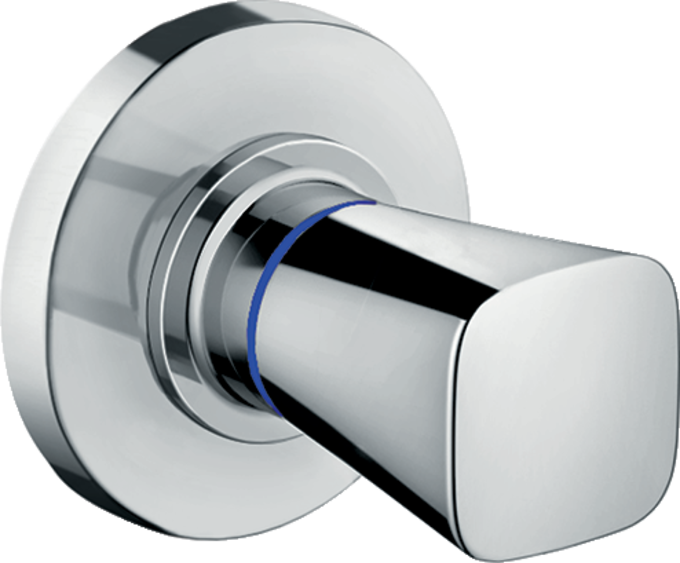
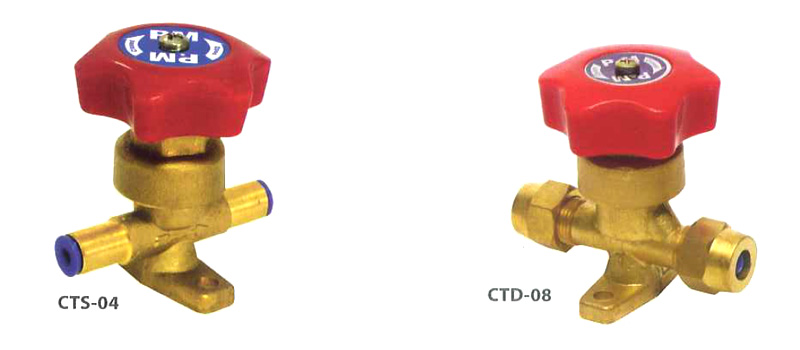



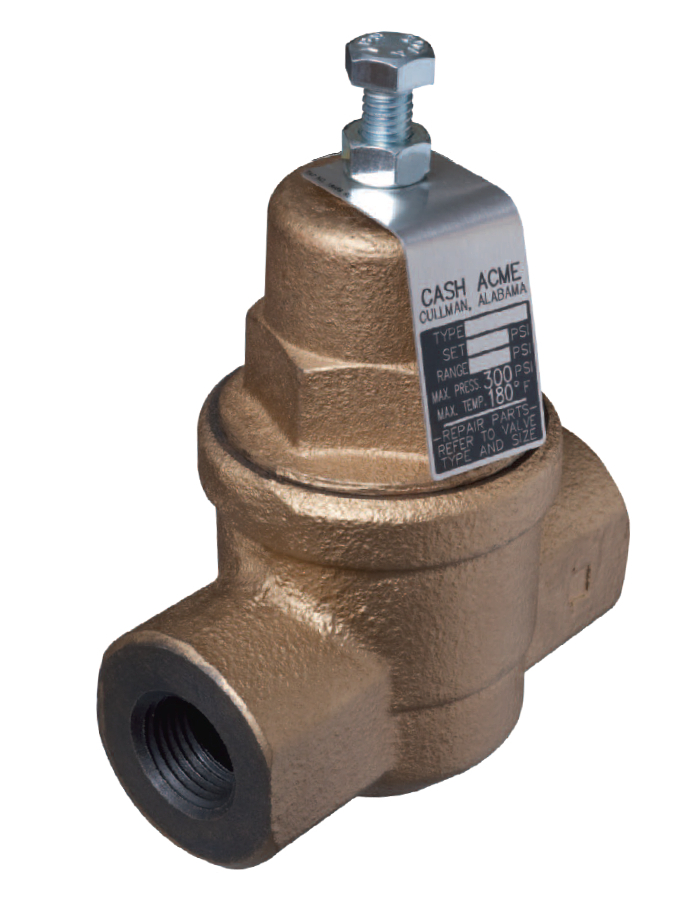
:max_bytes(150000):strip_icc()/the-men-s-hand-opens-the-ball-valve-on-the-collector-1006810456-5c5fc73fc9e77c000159c4af.jpg)






:max_bytes(150000):strip_icc()/testing-water-pressure-in-your-home-2718692-04-c37ab3236d0d4b61b87079ebf9ef823e.jpg)




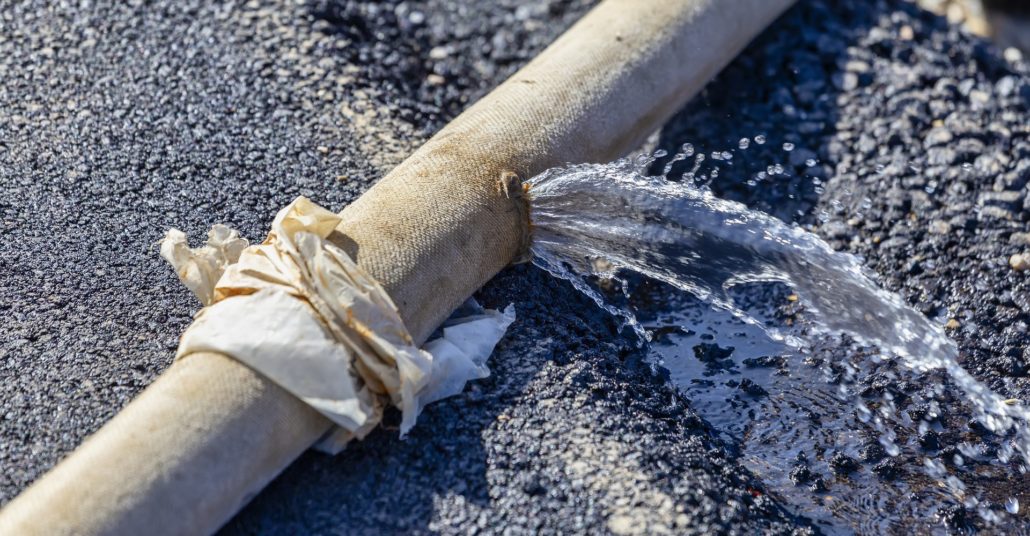


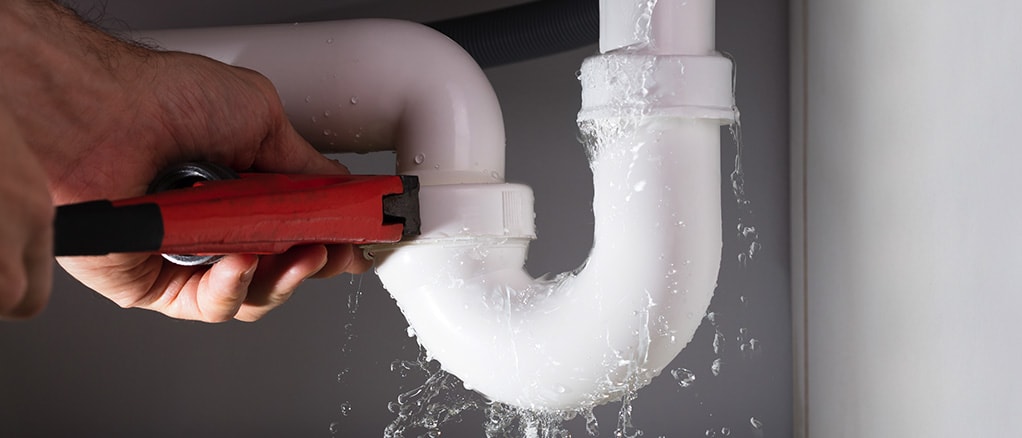

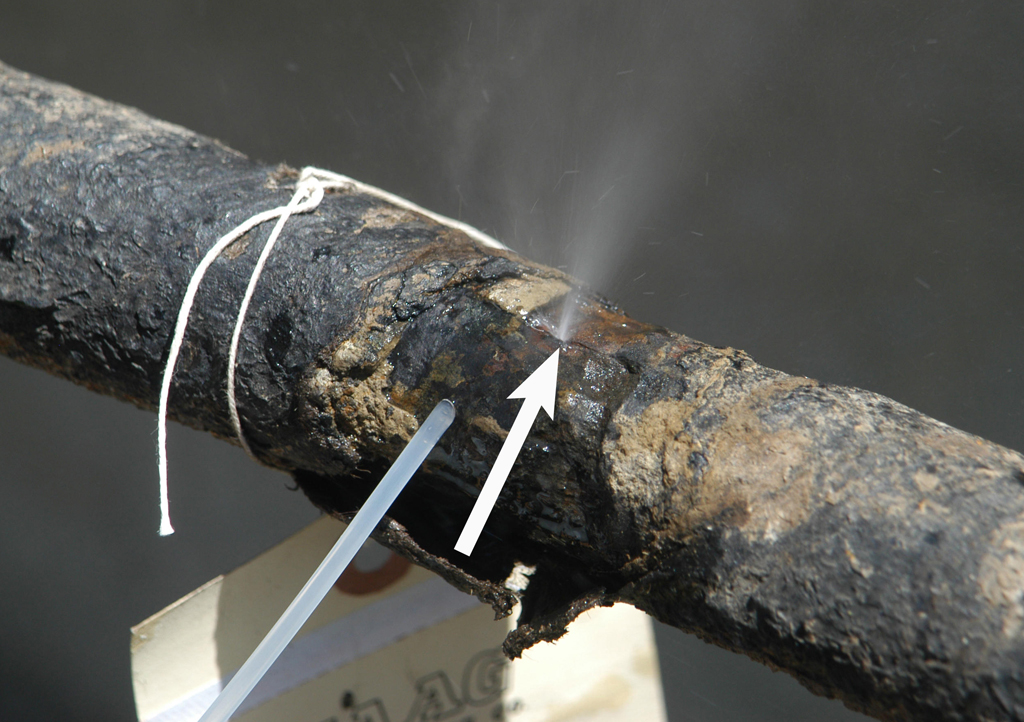


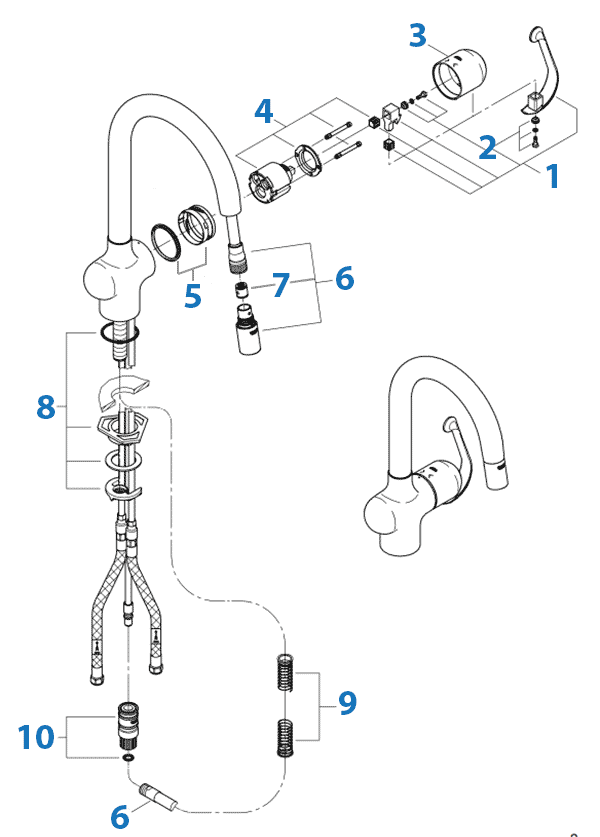



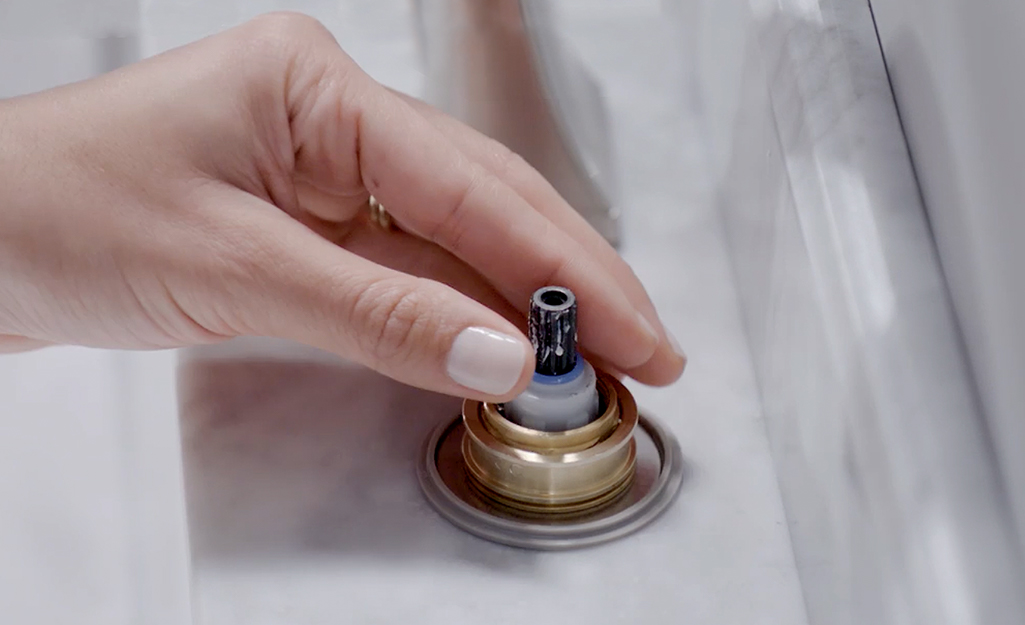
/moen-faucet-cartridge-replacement-2718852-hero-86e92eba3d984fe59dce724a0c208ad5.jpg)




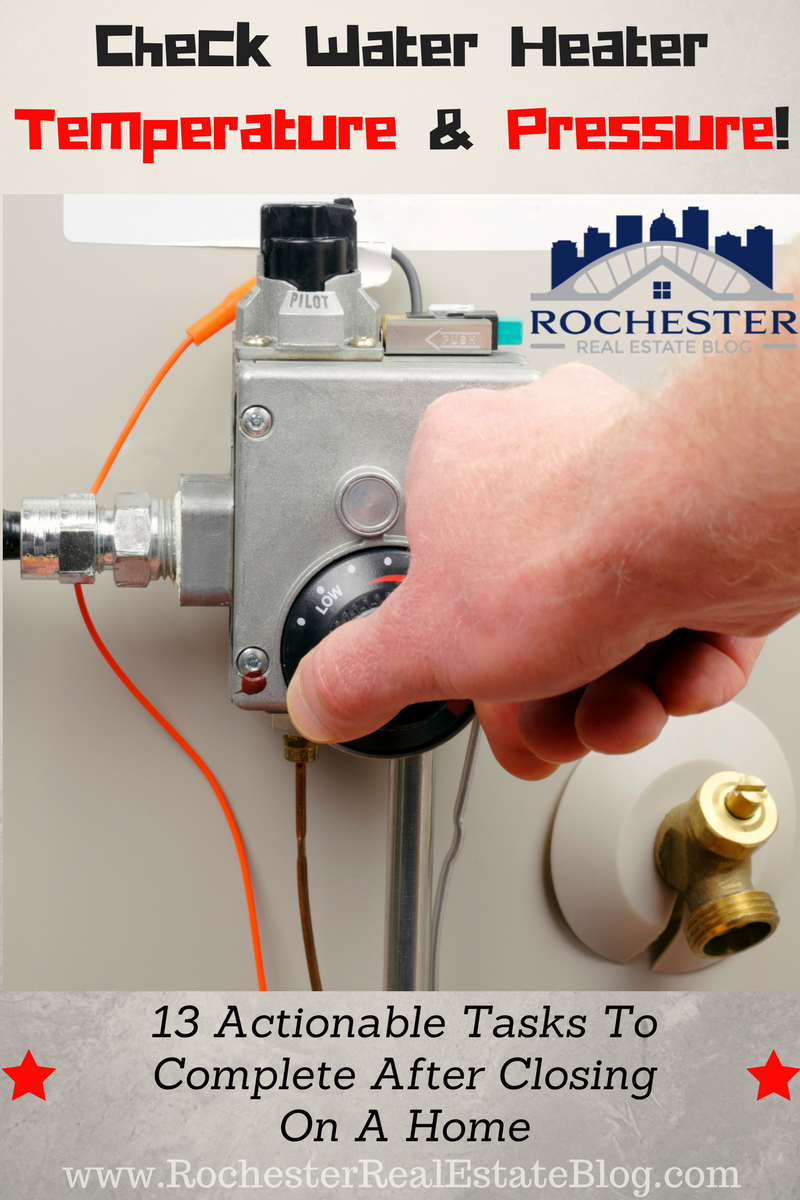




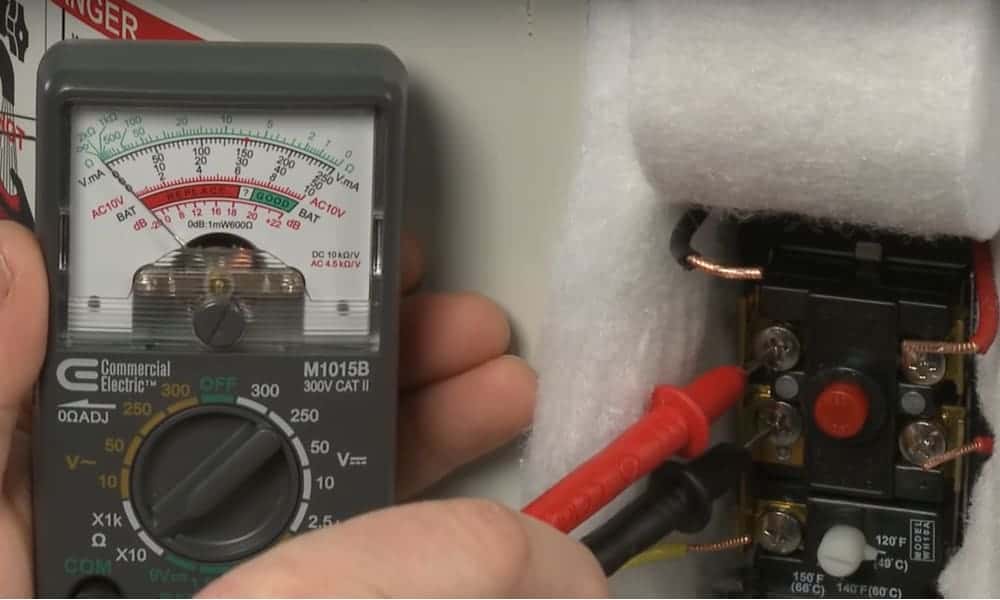
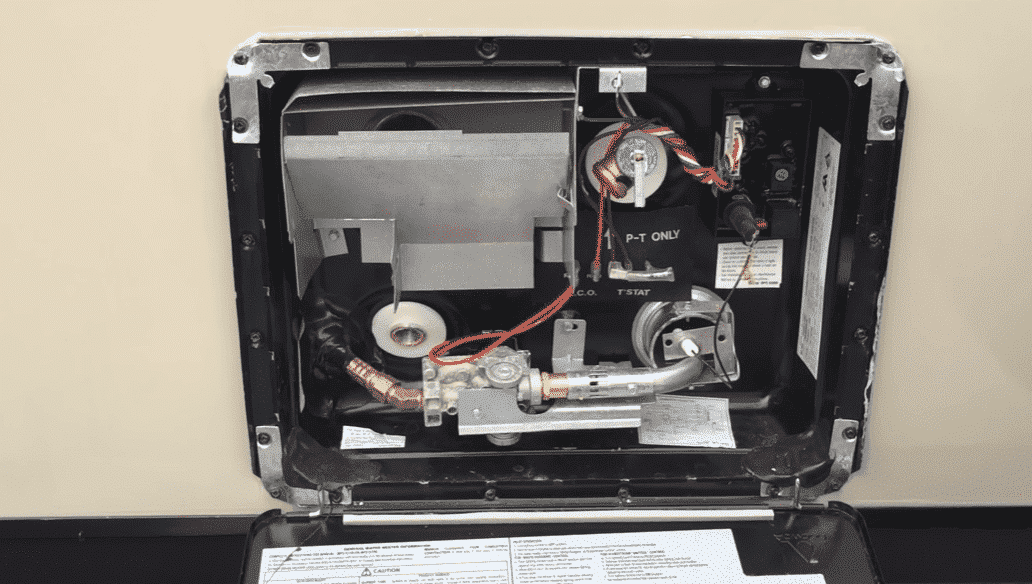

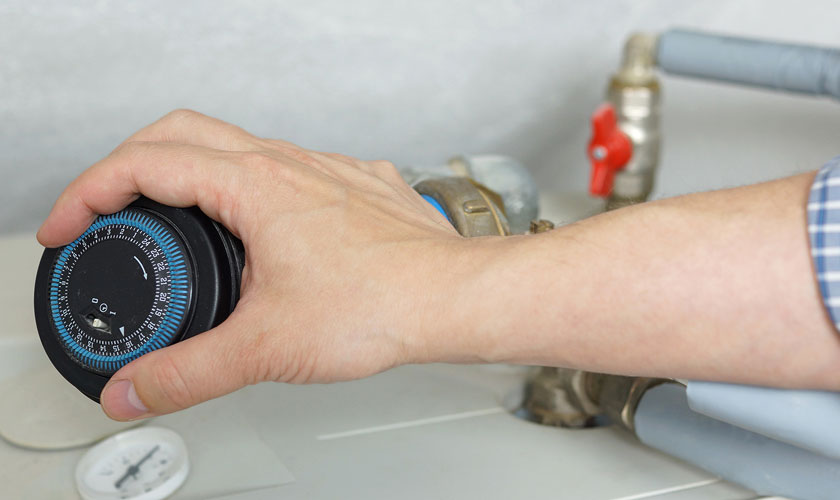

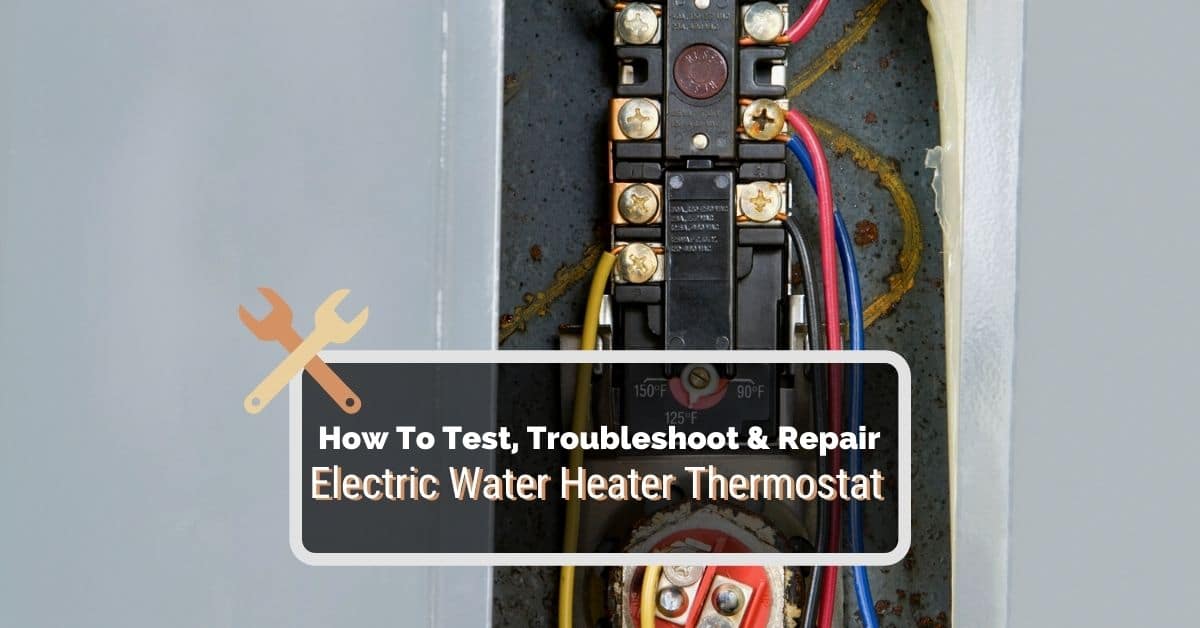
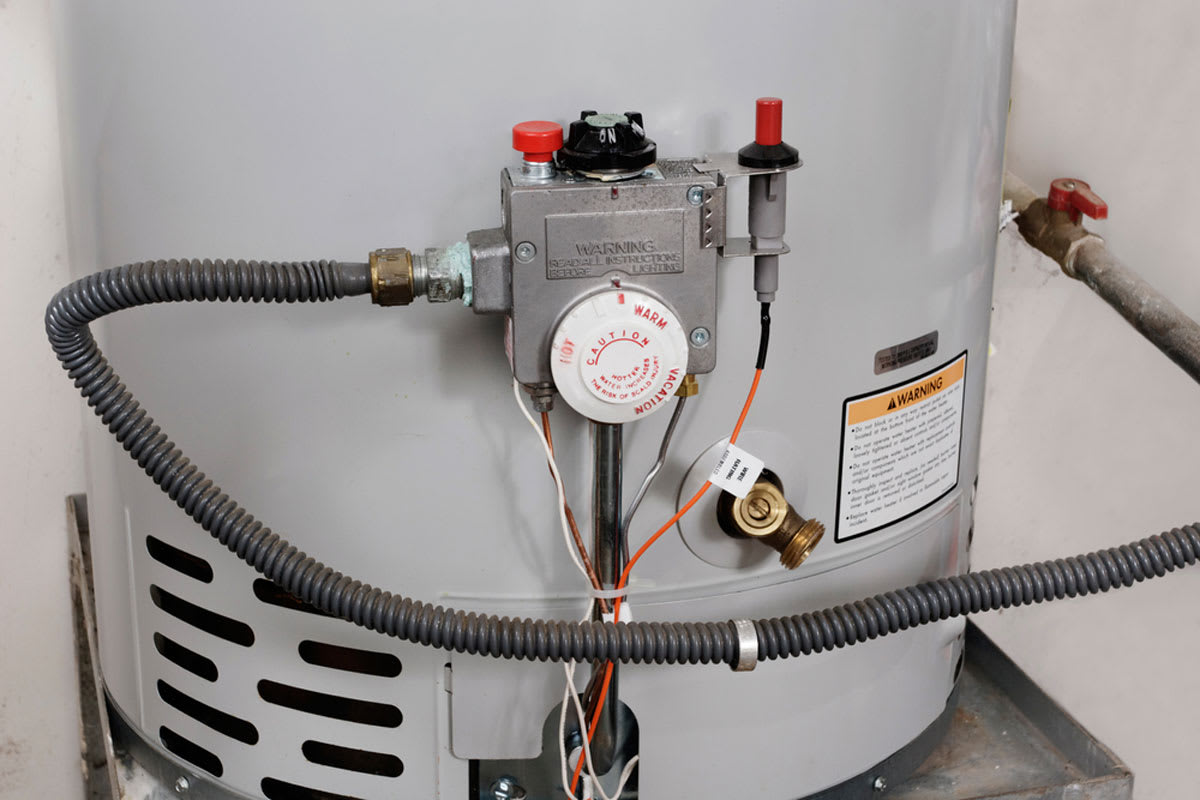
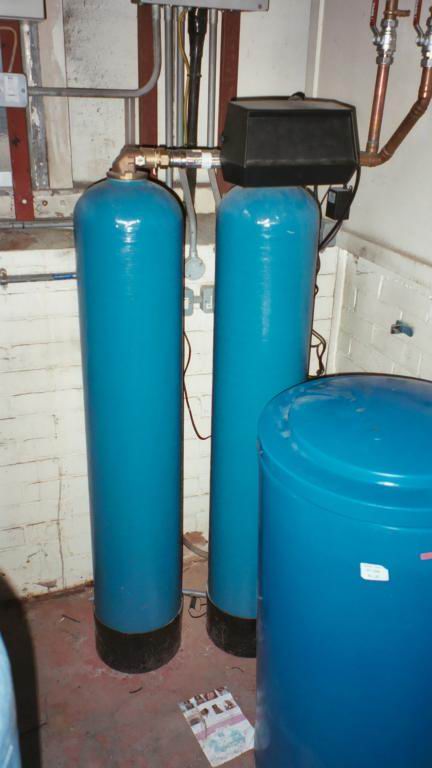

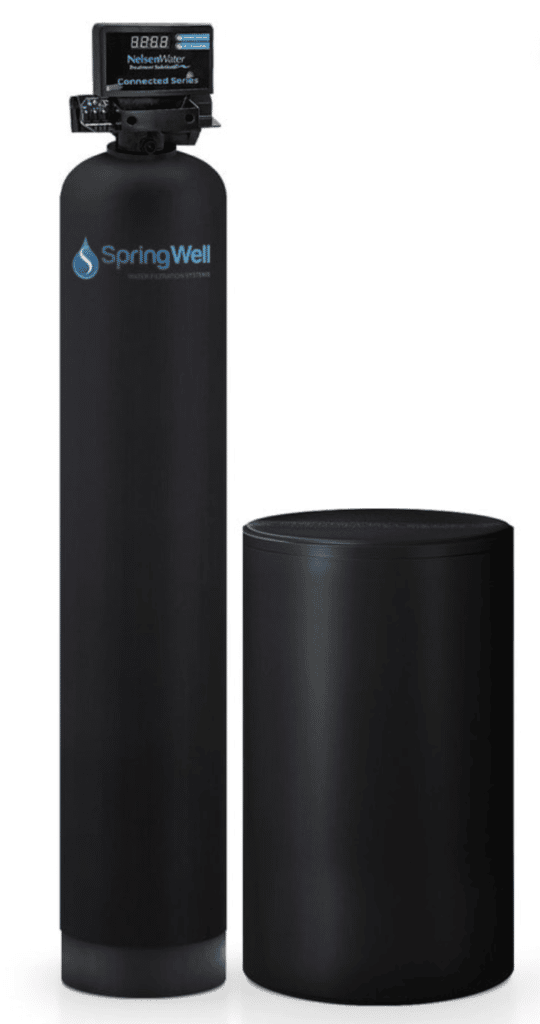

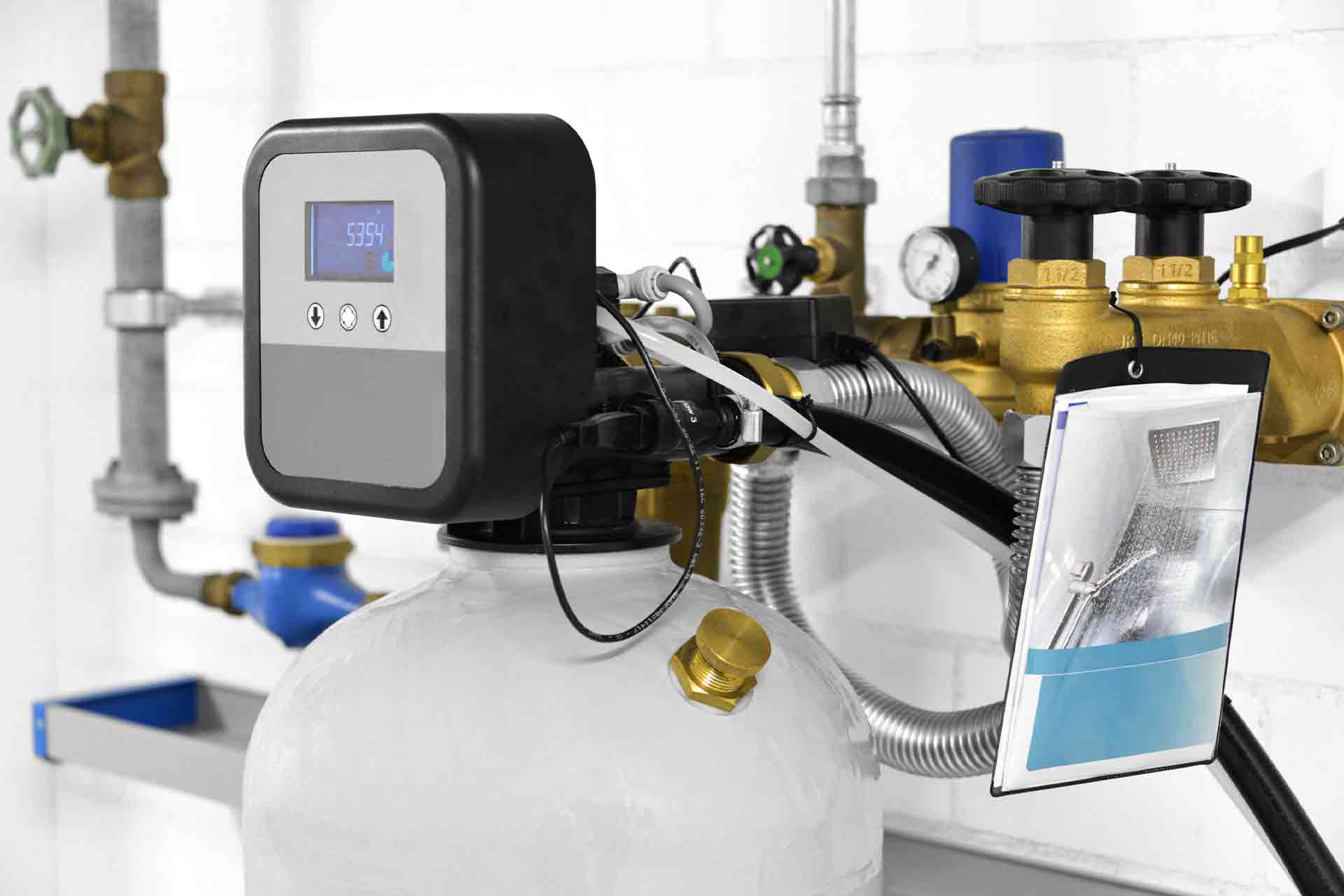
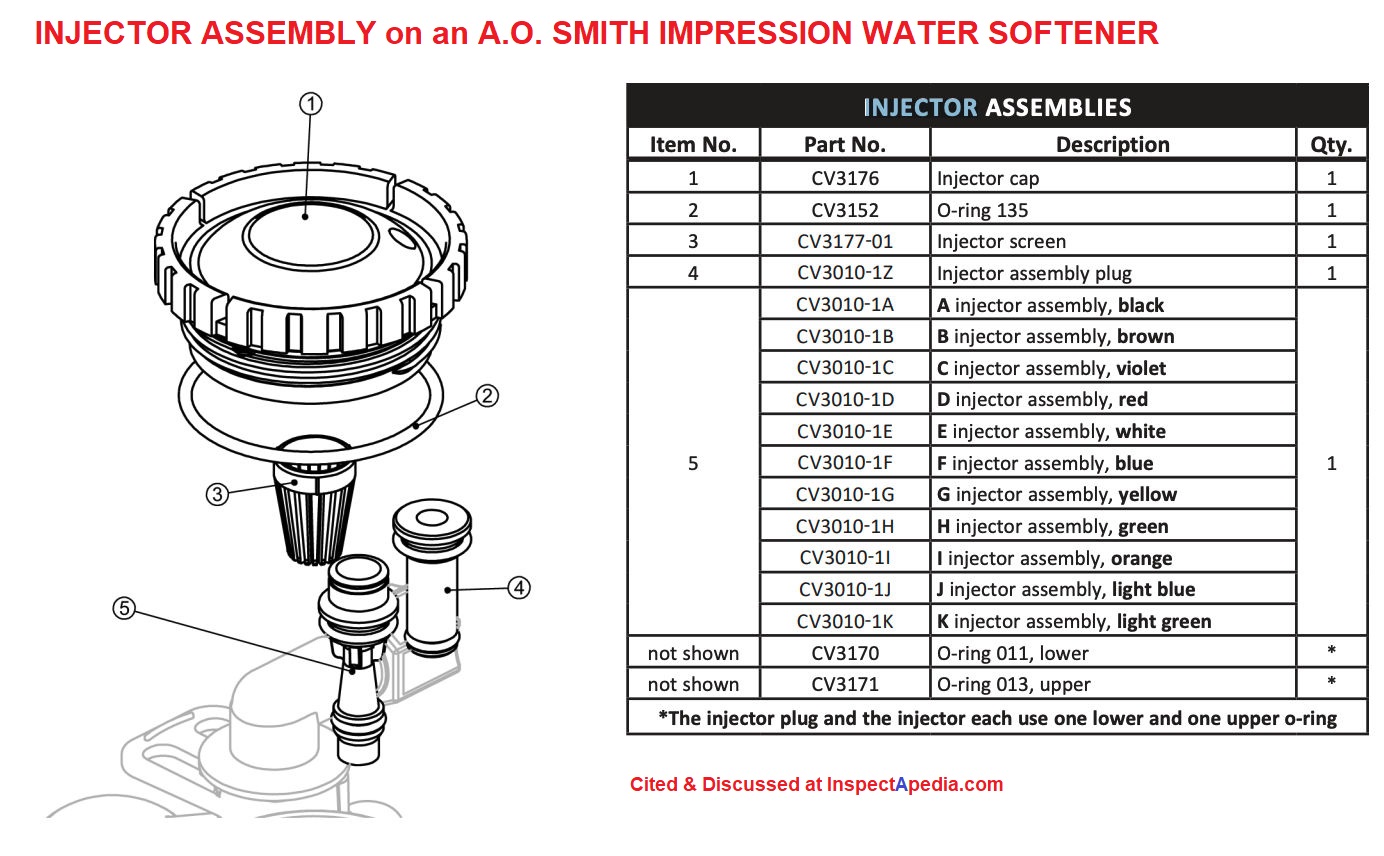

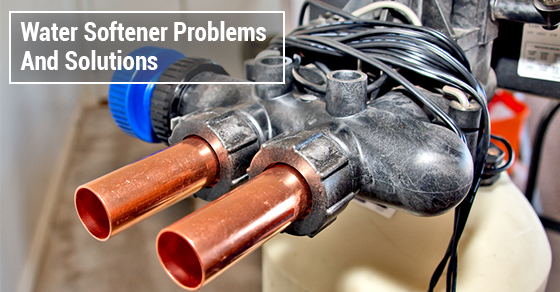
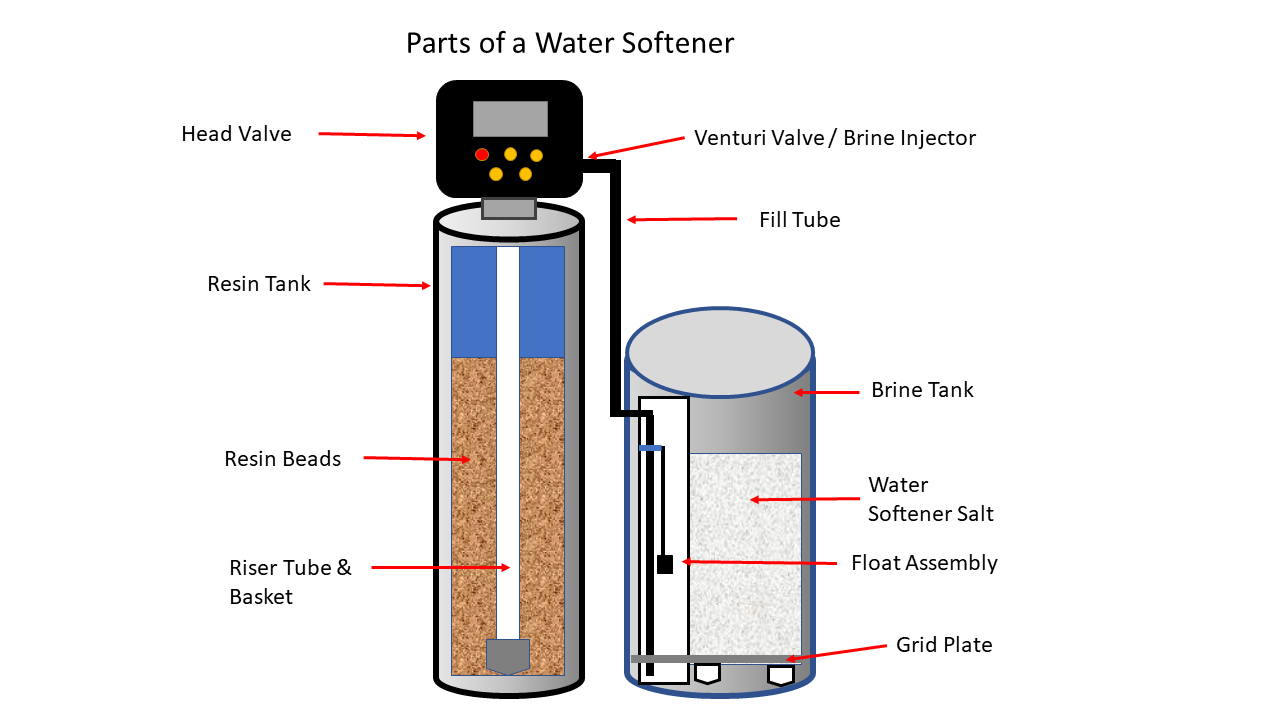
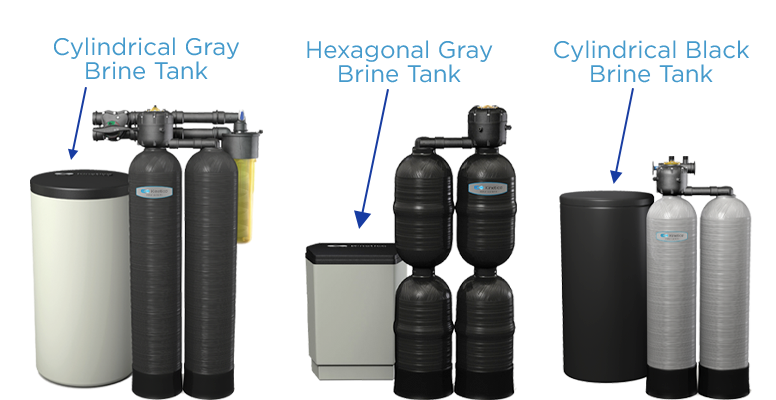







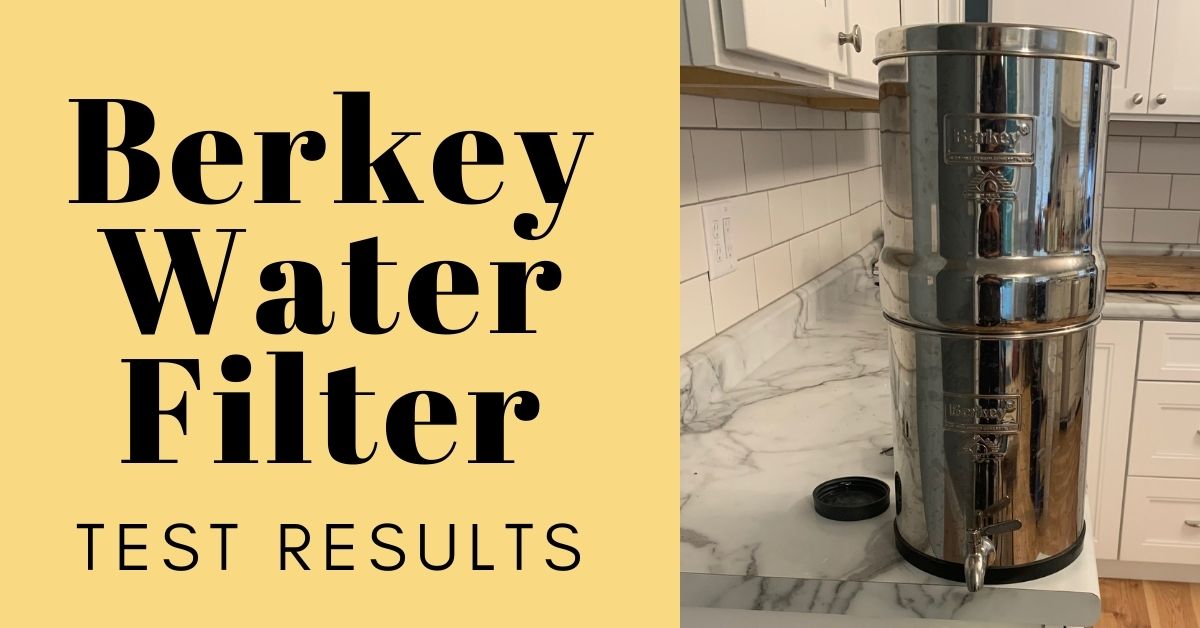
/cdn.vox-cdn.com/uploads/chorus_image/image/63879746/WaterFilter_2.0.jpg)
